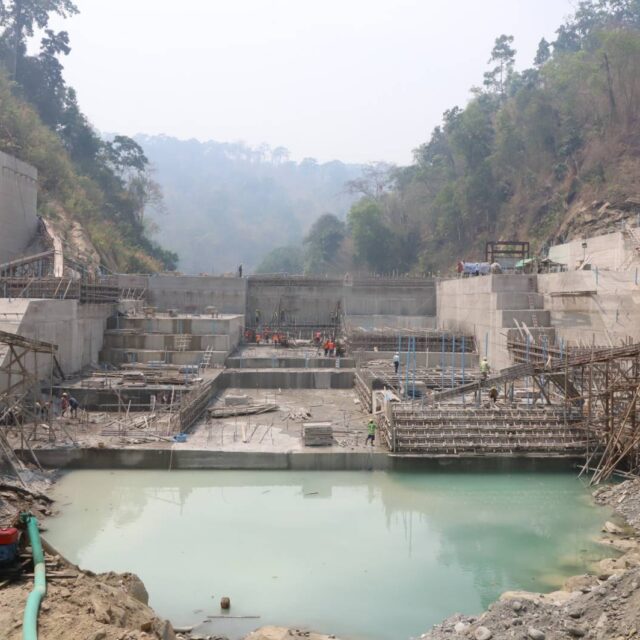Mangrove forests have proven to be invaluable shields against natural disasters, offering vital protection from storms, landslides, flooding, and tsunamis. The absence of these coastal forests along the shorelines, as well as riverbanks and creeks, has led to devastating losses and damages in numerous natural disasters.
In the modern era, the significance of the mangrove ecosystem goes beyond its protective capabilities. Its outcomes can extend to tourism services, making it not just a natural defence but also a potential economic asset. To celebrate and raise awareness about the importance of these ecosystems, the International Day for the Conservation of the Mangrove Ecosystem is observed on 26 July each year.
As such, the mangrove ecosystem plays a pivotal role in safeguarding human communities from natural disasters while also providing valuable ecological and economic benefits. As everybody needs to observe the International Day for the Conservation of the Mangrove Ecosystem, it is necessary to reinforce the commitment to preserving and nurturing these essential coastal forests for the well-being of the planet Earth and future generations.
Only 110 species of mangroves have been identified as true mangroves capable of flourishing in these challenging saline swamps. These unique trees are supported by intricate, tangled roots that not only withstand powerful tidal waves but also provide a rich habitat for various organisms, including fishes and crustaceans.
The conservation of mangrove ecosystems holds immense importance due to its multifaceted benefits. It serves as a natural defence against coastline erosion, mitigates the impact of tides and tsunamis, and aids in reducing atmospheric carbon. In 2015, UNESCO adopted such a commemorative day during its general conference, aiming to promote awareness and sustainable growth of these vital forests.
Beyond their protective role, mangrove forests hold significant ecological value. The labyrinth of roots acts as a nurturing nursery for a diverse range of organisms, safeguarding them from predators, extreme heat, and powerful tides. Additionally, coastal forests have been found to remove five times more carbon dioxide from the atmosphere compared to terrestrial forests, underscoring their importance in combating climate change.
The primary cause of mangrove habitat disruption is their location in estuaries, which exposes them to various threats. However, recognizing their ability to support diverse biodiversity and serve as essential nursery habitats for fish and crustaceans, the significance of preserving these ecosystems cannot be overstated. Moreover, their capacity as natural coastal defences against storm surges, tsunamis, rising sea levels, and erosion further highlights the urgency of their conservation efforts.
As such, the mangrove ecosystem plays a pivotal role in safeguarding human communities from natural disasters while also providing valuable ecological and economic benefits. As everybody needs to observe the International Day for the Conservation of the Mangrove Ecosystem, it is necessary to reinforce the commitment to preserving and nurturing these essential coastal forests for the well-being of the planet Earth and future generations.















